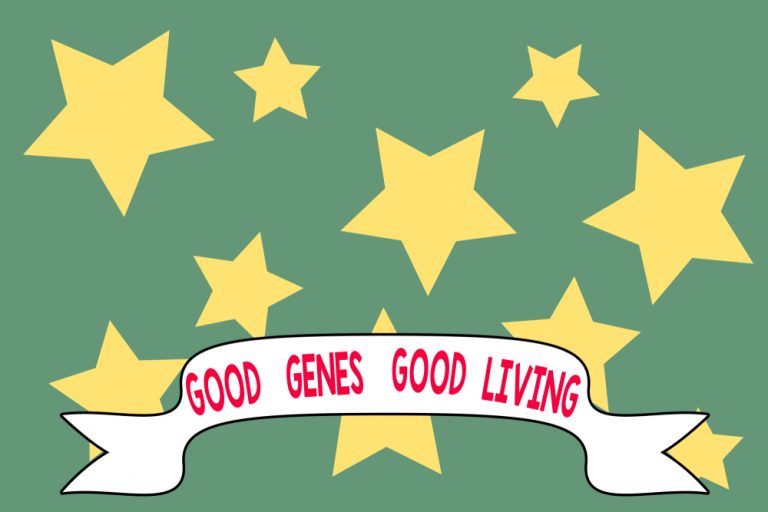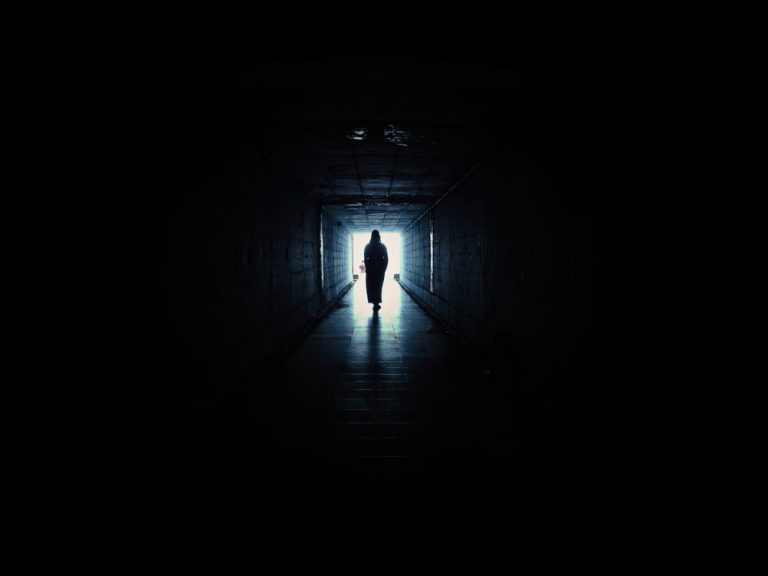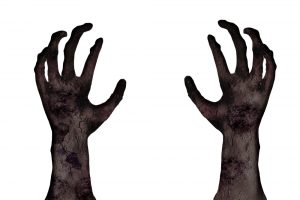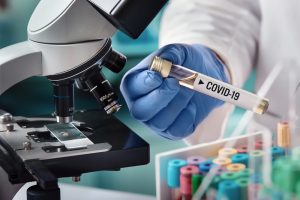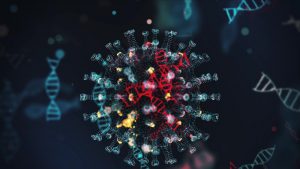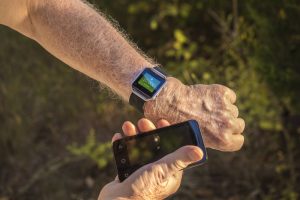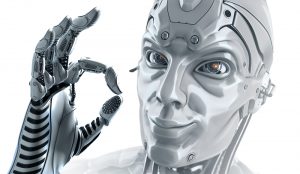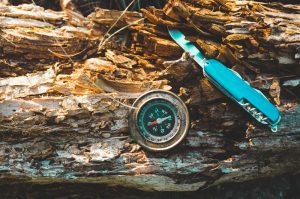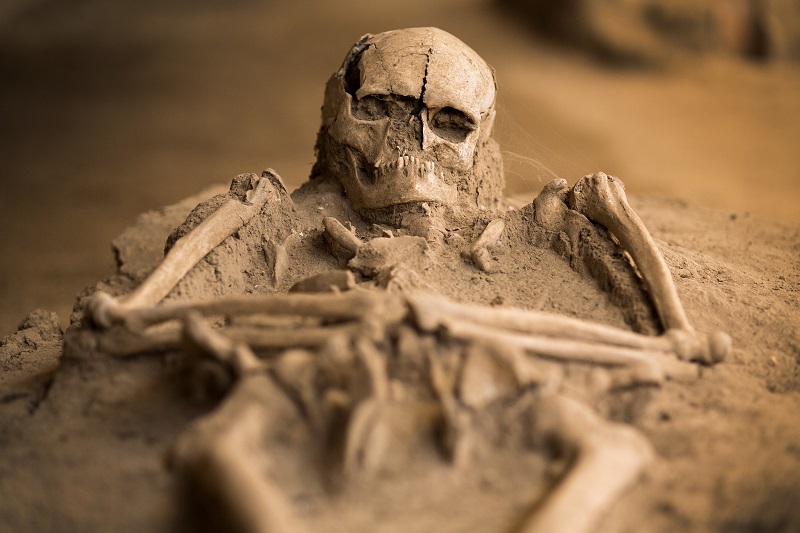
They are among the first African slaves brought into America. In what is now Mexico City, archaeologists found the remains of three young African men in a 500-year old mass grave. Their bones’ chemical composition sheds light on their earlier existence in Africa, and forensic analysis exposes rough, traumatic lives and young deaths.
How the dead speak
In 1992, while digging a new subway line in Mexico City, archeologists discovered the mass graves. The site had been the grounds of the Real de San José de Los Naturales Hospital five hundred years ago. The Spanish colonizers had designed the hospital to help indigenous people — that is what “Los Naturales” in Spanish means— but these three men were African, not North or Central American.
Their bones radiocarbon-dated to the 1500s CE, which makes them part of a significant yet still unknown group of people: the first African people captured in their homelands and taken across the Atlantic Ocean to European colonies in the Americas.
Of the 10 to 20 million people brought to the Atlantic over the next 300 years, almost 150,000 of them ended up in the colony of New Spain, like these three individuals. Like many other marginalized people in human history who were otherwise neglected, they left no written accounts, no artifacts to hint at their lives, and no names. They tell their tales only by their bones.
Yet, right now, the tales they share are hard to hear. In their mid-20s, all three men died young; their skeletons bore the signs of years of brutally hard work, bone-breaking fractures, and a starvation diet. Archaeologists found traces of DNA in their teeth from two pathogens that possibly left the men with severe chronic diseases. But their bones also tell the story of where they originated, written in the ratios of chemical isotopes and DNA.
Hard, painful lives
All three men were around 25 years old when they died but their bodies had been worn down by brutal physical strain. One guy had five herniated disks already in his back by the mid-20s, and his left collarbone had been reshaped by years of carrying heavy things on his shoulders— probably the same weights that had ruined his back.
Another suffered from osteoarthritis in at least one knee and a lower spine full of degenerative bone damage that is generally found only in older people. The third man showed the same proof of backbreaking toil.
The individual with the bad knee had taken a cut to the forehead just before his death, a blow that cut through the bone and only started healing when he died. His leg was still fractured and had never completely set, leaving the bones to heal at an angle. The man with the herniated discs also had signs of green discoloration on two ribs and the neck’s vertebrae.
“It is likely that this individual had been shot and buried with the fragments in his body, thus resulting in the green coloration,” wrote archaeologist Rodrigo Barquera, of the Max Planck Institute for the Science of Human History, and his colleagues.
And all three showed signs of bad health: spongy, porous tissue in their skull vaults, and the tops of their eye sockets, called orbitalia cribra. Bone develops like this when a person is severely malnourished; it is generally caused by low dietary iron-deficiency anemia, intestinal parasites, or a chronic infection.
Young and far from home
But their lives still weren’t always so full of suffering and pain, because these three men weren’t born into slavery in New Spain; they came from sub-Saharan Africa. The body needs strontium to help build bone, and the amount of different isotopes of strontium in your bones and teeth holds the signature of the places you have lived. The strontium in all three men’s teeth indicates they have grown up far from Mexico, possibly in West Africa.
The world they left behind
The men carried elements of their own cultures with them when they were captured and brought into New Spain. One of the first things that made Barquera and his colleagues assume that these men may have come from Africa was their teeth, which had been filed and decorated. Many groups of people around the globe have had their teeth sharpened, shaped, or removed.
Often it’s part of culturally significant practice, but mostly it’s all about the perception in their culture in looking good— not too different from tattoos, body piercing, or some of the other ways we’re trying to change how we look.
The man with the bad knee and the third man both had their upper incisors filed into a T-shape, which looks a lot like the way people from the modern D’zem community, who now live in Cameroon, file their incisors. Moreover, the same individual who had so many herniated discs had filed his upper incisors into a V-shape at some stage in his life.
Many groups of people living in Cameroon, Equatorial Guinea, and northern Gabon are filing their incisors into a similar form today, and in the past several other groups have done so.
Yet several communities in Africa have migrated and died out entirely in several cases over the last few decades (due in large part to European colonialism and slavery). That makes it difficult to connect these three men certainly with a modern group of people, or the place they came from, based on how their teeth were stylized.
So Barquera and his team compared the three men’s DNA to a modern-day genome database. The individual with the herniated discs was similar to the modern West African Mende people than any other group of people living today. The other two were similar to the Southern African Wambo community than to anyone else.
But all three men shared some of their heritage with other sub-Saharan African groups of people, including those who now live in Central Africa. Barquera and his co-workers believe centuries of slavery, colonialism, and migration have changed Africa’s demographic landscape.
The microbes they carried
Around the same way, two of the three men help solve the mystery of how diseases travel across nations, not just people. Barquera and his coworkers identified hepatitis B virus DNA in one man’s tooth (the one with the herniated disks), and it’s a virus strain that’s present only in Africa and Haiti today. This is the first trace of the strain of hepatitis B ever detected in the Americas.
Barquera and his colleagues discovered DNA from a bacterium named Treponema pallidum pertenue in the teeth of another man (the one with the bad knees), a close relative of syphilis; it causes a disease called yaws. People with yaws have constant inflammation in their bones, joints, and skin, and the skeleton of this man revealed the scars of his life with the disease.
Yaws is a disease which is very infectious and easily transmitted by poor hygiene. And the same strain had infected a European colonist who died in the 1600s in what is now Mexico City— not too far from the Real de San José de Los Naturales Hospital. The Spanish colonists had brought a deadly disease along with their captured slaves and had endured the effects.
Humanizing the past
In the 1700s and 1800s, many people enslaved in British colonies, and the United States wrote their stories down. Those slave narratives are intense, heart-breaking reads, but facing the victims’ broken bodies is something entirely different.
The story is no longer fiction; it is getting real. Yet archaeological approaches are helping us to see the reality more and more often— and helping the forgotten dead to speak for themselves.
“Interdisciplinary studies like this will make the study of the past a much more personal matter in the future,” said study coauthor Thiseas C. Lamnidis.

